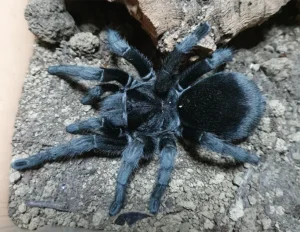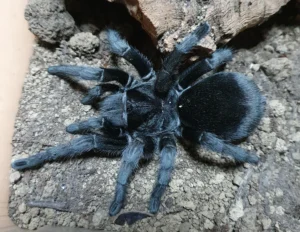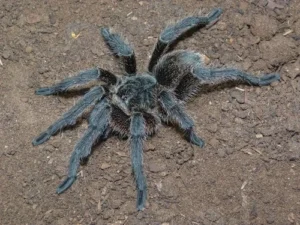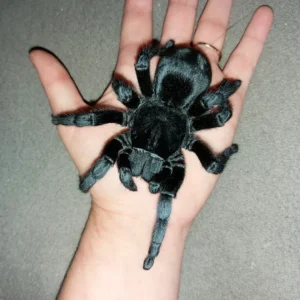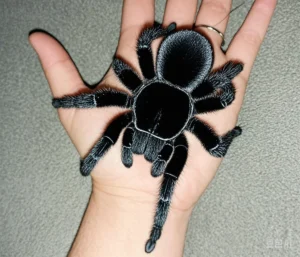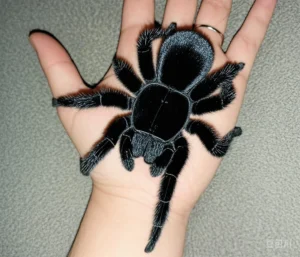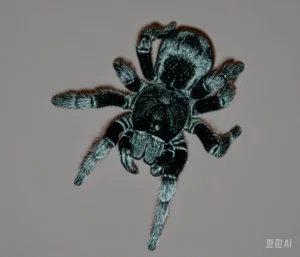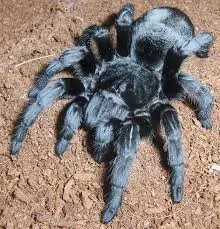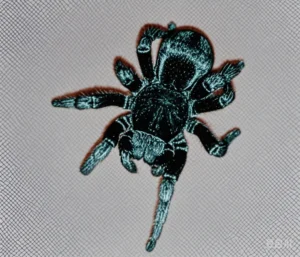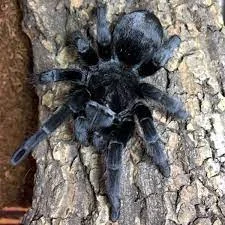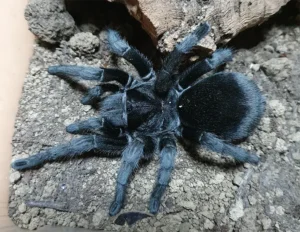Tarantula Ecology
The Role of Grammostola pulchra in Controlling Agricultural Pests: A Farmer’s Perspective
Introduction: Unlikely Farmhands?
The idea of large, hairy spiders like *Grammostola pulchra* acting as beneficial predators in agriculture might seem surprising. While not intentionally managed for pest control like some insects (e.g., ladybugs), these tarantulas, as generalist predators in their natural grassland habitats which sometimes border agricultural land, inevitably interact with insect populations, some of which might be considered pests.
Diet and Natural Prey
*Grammostola pulchra* are opportunistic ambush predators. Their diet in the wild primarily consists of ground-dwelling invertebrates:
- Large insects (crickets, grasshoppers, beetles, cockroaches)
- Other arachnids
- Occasionally small vertebrates like lizards or rodents (though less common)
They typically wait near their burrow entrance, sensing prey through vibrations, and then quickly subdue it with venom.
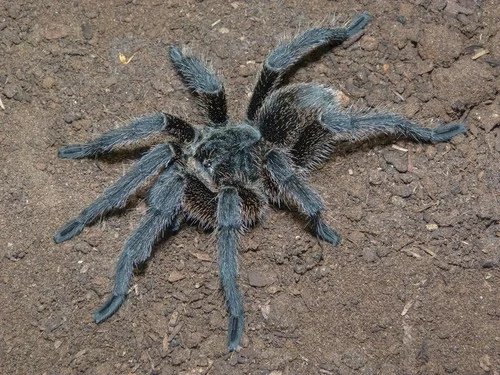
Opportunistic Predation Near Farmland
Where the natural habitats of *G. pulchra* interface with agricultural areas (fields, pastures), the tarantulas will likely prey on insects present in that transitional zone. If a farm happens to have populations of large insects like grasshoppers or certain beetles that are also agricultural pests, then resident tarantulas could potentially consume some of them. This makes them incidental contributors to tarantulas as natural pest control, albeit passively.
Limitations as Effective Control Agents
Despite consuming potential pest insects, several factors limit the effectiveness of *G. pulchra* as a significant agricultural pest control agent:
- Low Density: Tarantula population densities are typically much lower than those of major insect pests. They wouldn’t be numerous enough to make a large dent in a serious infestation.
- Slow Metabolism & Feeding Rate: Tarantulas have slow metabolisms and eat relatively infrequently compared to the reproductive rate of many pest insects. An adult might only eat once a week or even less often.
- Generalist Diet: They don’t specialize in specific pest species, eating whatever suitable prey wanders by, including beneficial insects.
- Sedentary Nature: They hunt passively near their burrows and don’t actively seek out pest outbreaks across fields.
- Habitat Specificity: They require specific burrowing conditions and are unlikely to thrive in heavily tilled or monoculture crop fields.
Pesticide Sensitivity: Tarantulas are highly sensitive to pesticides used in modern agriculture. Spraying fields would likely harm or kill any resident tarantulas, negating any minor pest control benefits they might provide.
Ecological Role vs. Targeted Pest Control
While *G. pulchra* contributes to the overall balance of its ecosystem by preying on various invertebrates, its role is primarily ecological rather than agricultural. They are part of the natural predator suite but are not adapted or numerous enough to function as targeted biocontrol agents for specific farm pests. Their presence indicates a relatively healthy, less disturbed environment, which might indirectly correlate with fewer pest problems compared to intensely managed landscapes.
A Farmer’s Perspective (Hypothetical)
From a practical farmer’s viewpoint in southern Brazil or Uruguay, encountering a *Grammostola pulchra* near their fields would likely be seen as:
- A sign of the local wildlife, perhaps interesting but not particularly relevant to crop protection strategies.
- Potentially a minor nuisance if burrows interfere with equipment, although unlikely given their typical locations.
- Certainly not a creature relied upon for managing locust swarms or beetle infestations.
Farmers rely on more direct methods (integrated pest management, specific biocontrols, or chemical treatments when necessary) for significant pest issues. The contribution of *G. pulchra*, while real in an ecological sense, is simply too small-scale and non-specific to factor into agricultural planning.
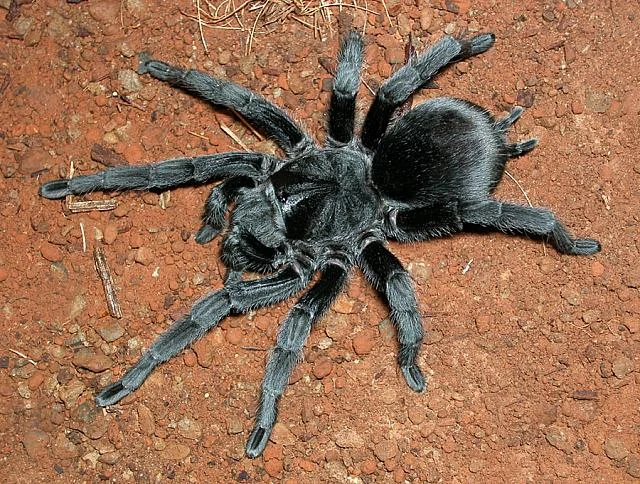
This perspective blends ecological knowledge of tarantulas with general agricultural pest control principles.

